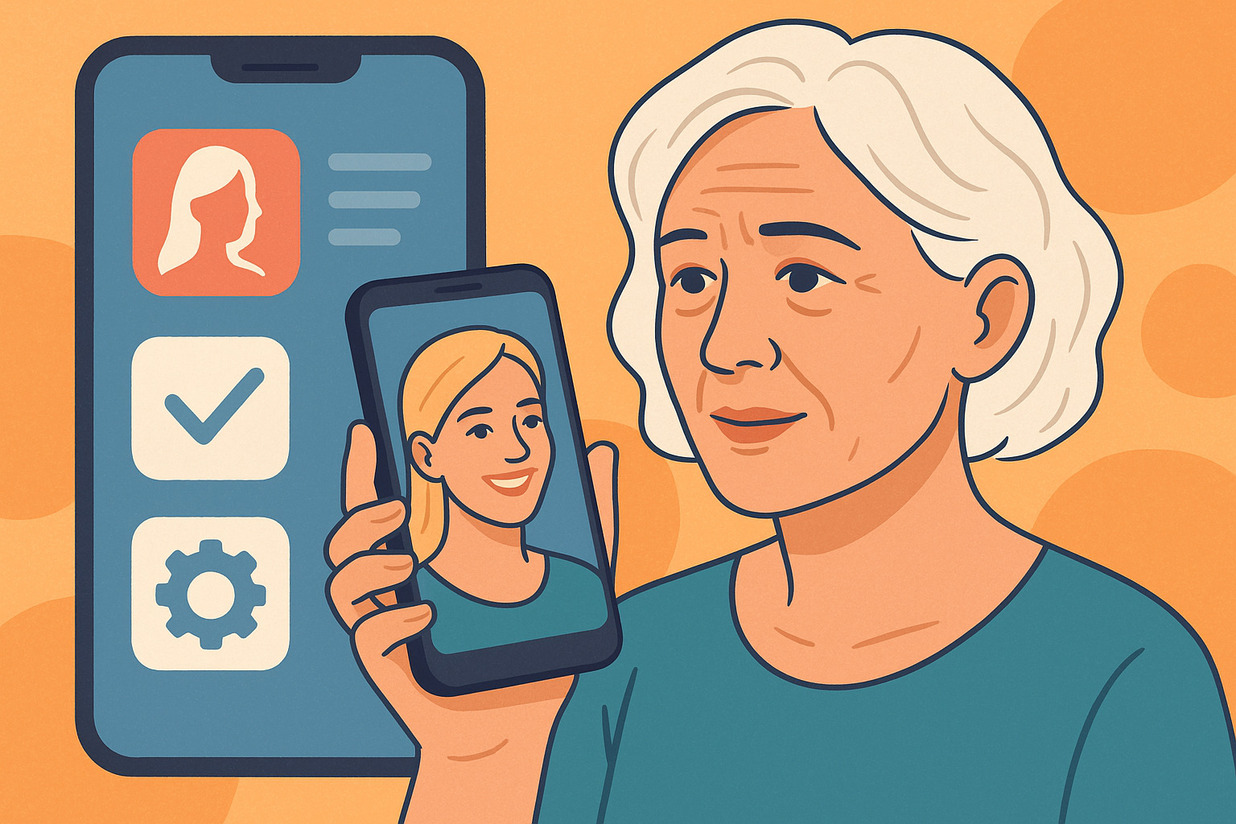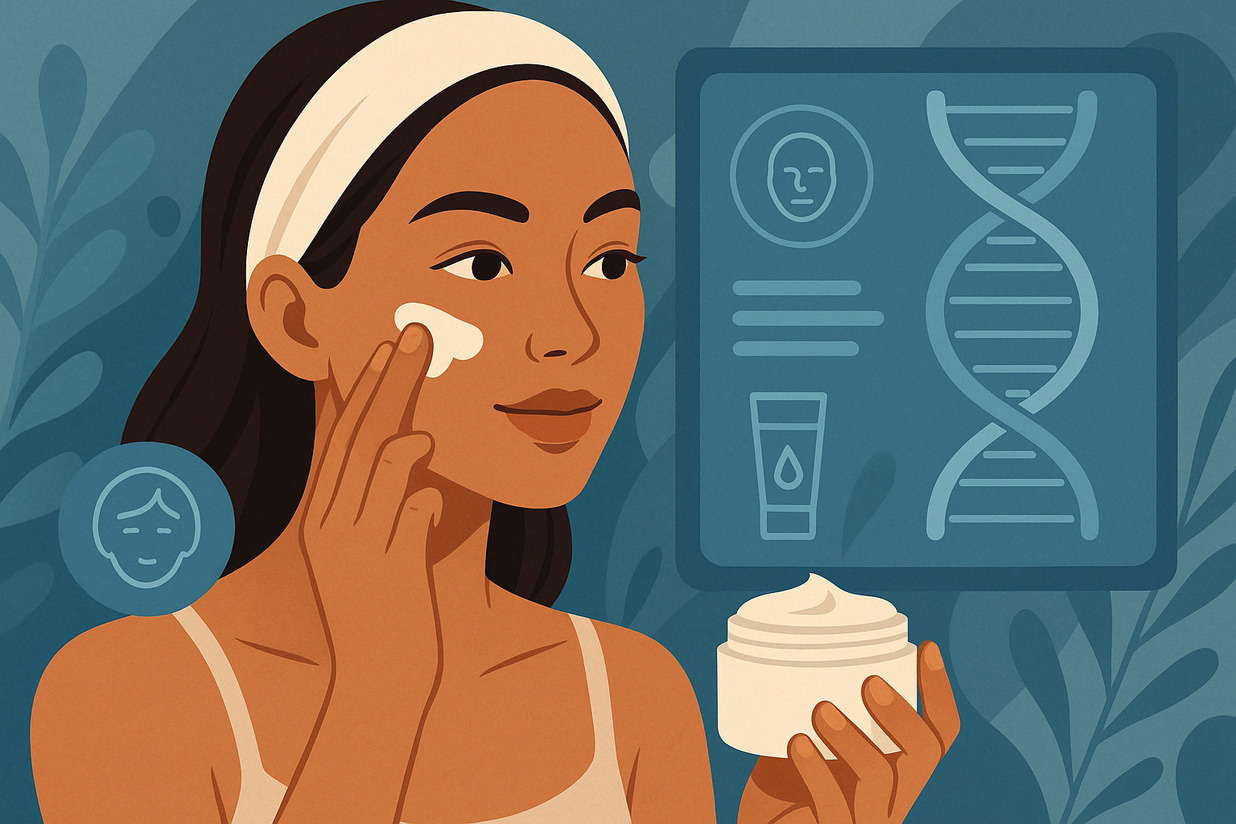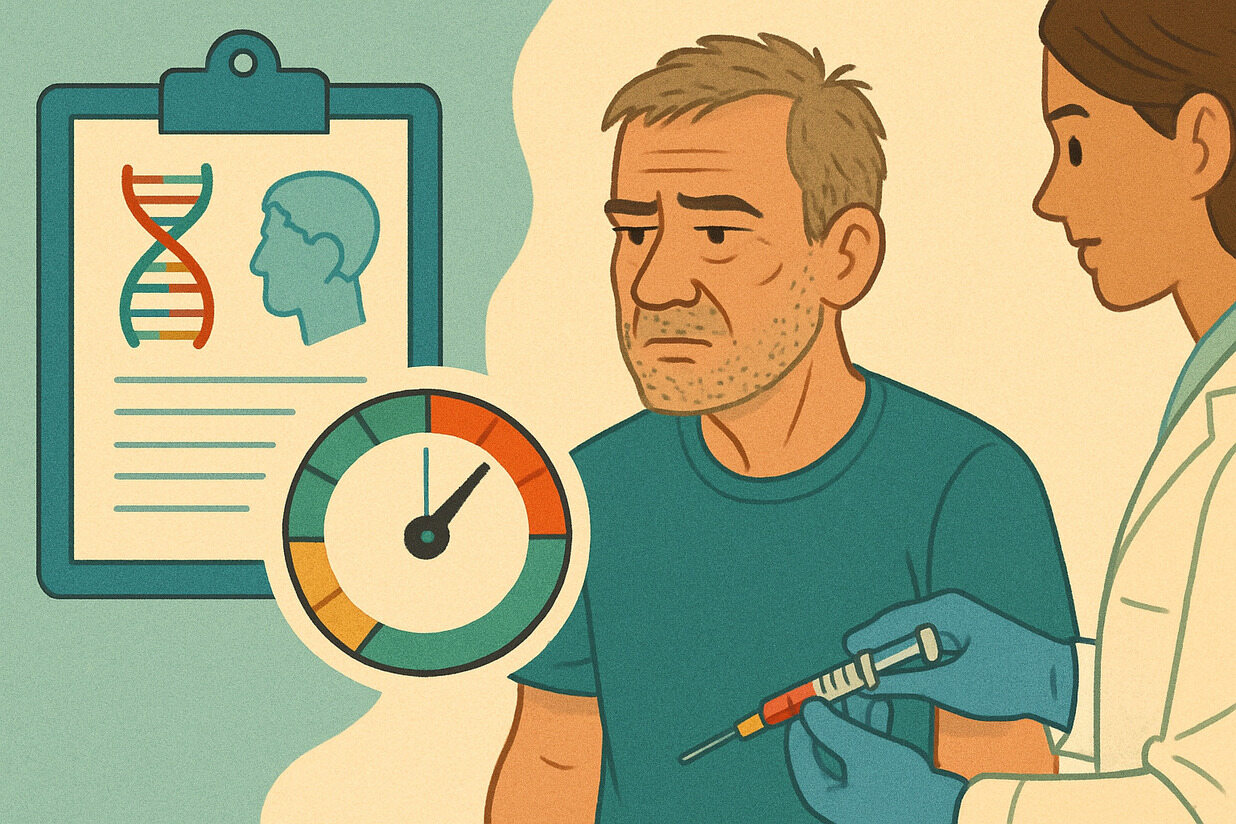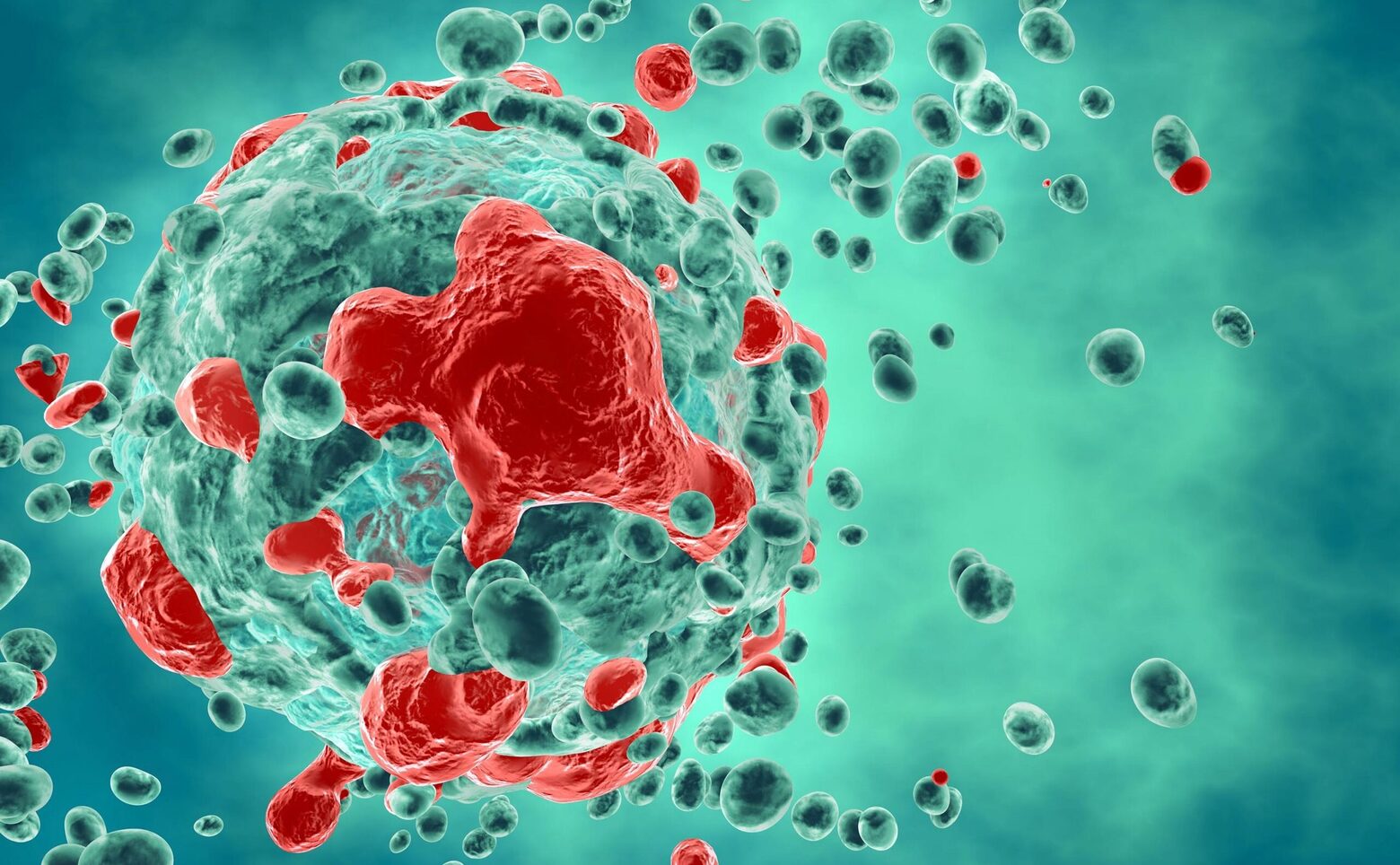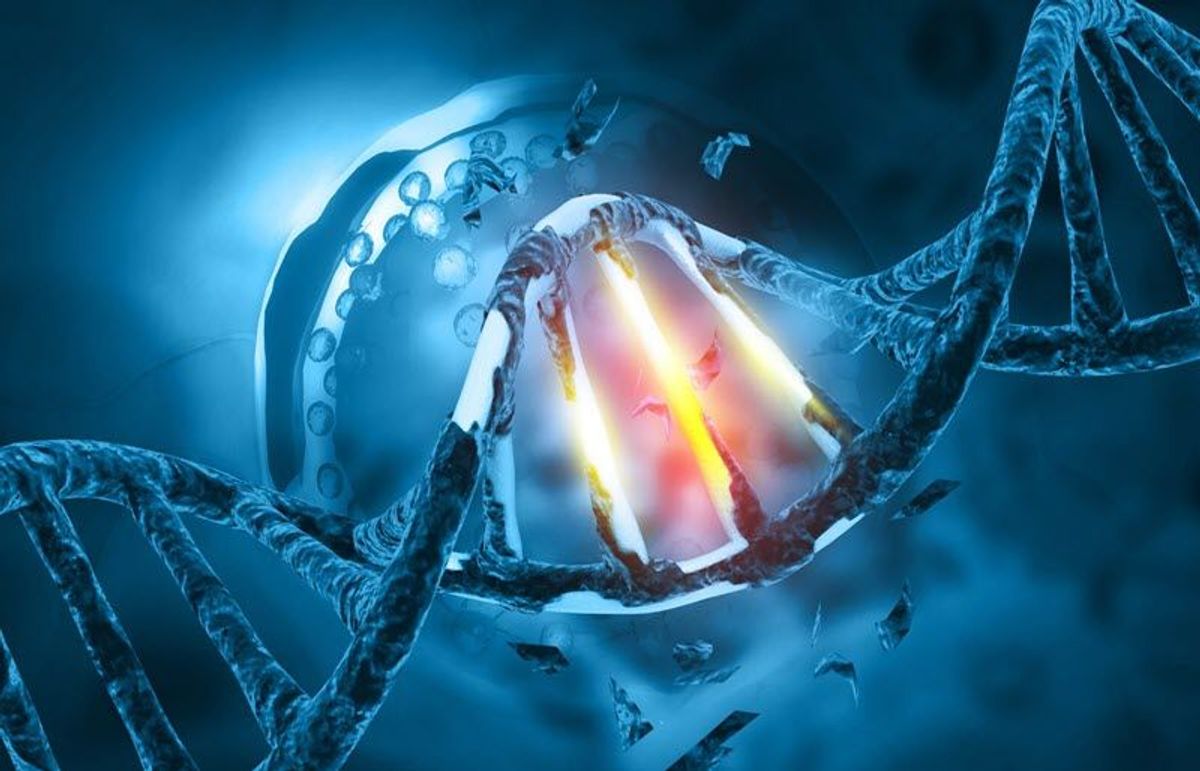A Guide to Selecting the Right App for a Healthier and More Youthful You
Self-care today goes beyond skincare routines or eating healthy food. In the modern age, many people are using mobile apps to monitor their health, improve their wellness goals, and maintain youthful energy in both body and mind. One of the rising tools in this area is the anti-aging app—applications that focus on skincare, sleep, stress, and nutrition to support quality aging.
While many apps claim to help, not all deliver the same results. Some are merely visual filters, while others connect with DNA data, hormone cycles, lifestyle trackers, or science-based routines. That’s why it’s important to be selective. Just because an app is popular doesn’t mean it’s the best fit for your body.
The right anti-aging app shouldn’t just look good. It must assist your daily life and adapt to your physical, emotional, and mental needs. That’s why careful selection is essential for finding an app that truly supports your journey toward feeling younger and becoming healthier.
Focus on the App’s Functional Purpose
An app’s visual appeal or feature list isn’t enough. The purpose must be clear—is it for skincare tracking, sleep, hydration, or hormonal monitoring? This matters because some apps focus only on appearance, while others use data to recommend personalized routines.
For example, an app that tracks sleep and stress response may not look flashy, but it can help prevent premature aging. Stress and lack of sleep are major causes of rapid aging, so an app that targets these areas can offer real benefits.
It’s even better if the app is grounded in science or supported by health organizations. That builds confidence that its advice is research-based, not speculative.
Importance of Personalization Based on Lifestyle
An effective anti-aging app should tailor its recommendations to your actual lifestyle. Everyone has different needs—what works for a younger user might not work for someone in their mid-30s or older.
If you frequently experience stress or sleepless nights, look for an app that emphasizes sleep tracking and recovery. If you’re active and exercise often, choose an app that supports recovery time and muscle aging.
Don’t overlook nutrition. Some apps include food trackers that assess how your diet affects your skin, energy, and mood. A personalized approach increases the likelihood of lasting results.
Integration of DNA and Health Data
If you have access to your DNA profile, such as from a genetic health test, it helps to find an app that utilizes this information. Knowing your genetic predisposition—like inflammation, skin elasticity, or hormonal imbalance—leads to better recommendations.
Some apps can read your genetic makeup and connect it with anti-aging routines suited to your needs. For example, if your DNA shows a high risk of early collagen loss, an app with a collagen-boosting tracker will be more effective.
This kind of integration offers a stronger foundation. It’s not just giving general advice—it’s designed specifically for how your body works.
Stress-Free and Clean User Interface
Even if an app is highly functional, it becomes ineffective if it’s cluttered, hard to use, or bombards you with notifications. True anti-aging begins with peace of mind, so the app should be clean, calming, and easy to navigate.
A well-designed app with a user-friendly interface and minimal notifications makes you more likely to stick with it daily.
Good examples are those that use calming colors and avoid overly technical displays. This creates a relaxing wellness experience.
Accuracy of Information and Regular Updates
The app should be updated frequently, especially if it’s linked to health research or trends. Wellness knowledge evolves quickly, and outdated advice can do more harm than good.
The data should be reliable. For instance, if the app tells you you’re dehydrated based on your activity and location, it should have valid metrics. Inaccurate advice can lead to negative outcomes.
It’s best if health experts or registered professionals are involved in developing the app. That signals it’s rooted in medical science, not just tech design.
Clear Progress Tracking Features
A common reason people stop using anti-aging apps is a lack of visible results. But this isn’t always due to the app’s ineffectiveness—it may just lack clear progress indicators.
An app should help you track changes—whether through photo logs, mood trackers, or biological age estimates.
Seeing your progress, like better sleep or reduced stress, motivates you to stay on track.
In-App Community and Support
Support communities within the app can boost motivation. While not essential for everyone, some users thrive when they know others share similar goals.
Some apps have built-in communities or support chats that provide encouragement, tips, and real feedback. This helps maintain habits and removes self-doubt.
It doesn’t need to be like social media. Simple features like community boards, daily challenges, or survey sharing can go a long way.
Privacy and Data Security
Since most anti-aging apps request personal data—like health metrics, age, or photos—security is critical. Look for apps with clear privacy policies that don’t exploit your data for ads or other unauthorized activities.
There should be an option to disable data sharing. Transparent data use reflects ethical design and respect for users.
Always check reviews and the app’s track record before downloading. Even a well-designed app isn’t worth using if it’s not safe.
Consider Cost and Value
Many anti-aging apps come with a price tag. But cost doesn’t always reflect effectiveness. Some free apps have solid features, while paid apps may focus on aesthetics rather than substance.
Check what the free version offers before subscribing. Some apps offer a 7-day trial, which is enough to see if it suits your lifestyle.
Treat app costs as an investment—but make sure that investment aligns with your health and youthfulness goals.
Syncing with Your Body’s Natural Rhythms
Finally, consider whether the app works with your body’s natural rhythms. Some apps track your circadian rhythm, hormone cycles, or energy flow to offer daily tailored advice.
For example, if your energy dips in the afternoon, the app may suggest a power nap or light activity. If inflammation markers are high, it might recommend an anti-inflammatory diet.
These apps don’t just follow a schedule—they sync with your body like a quiet, attentive friend.
